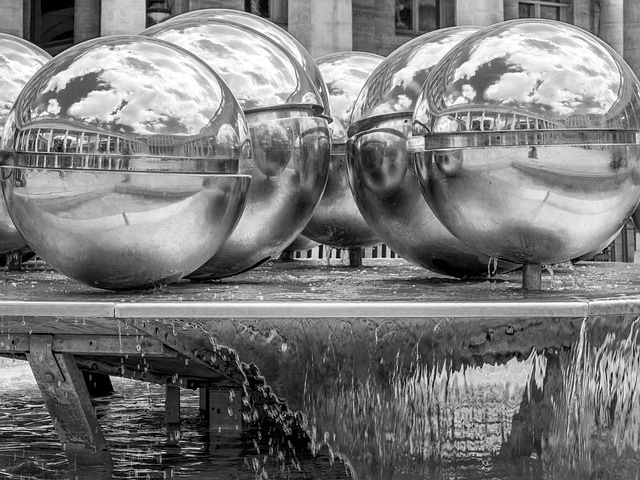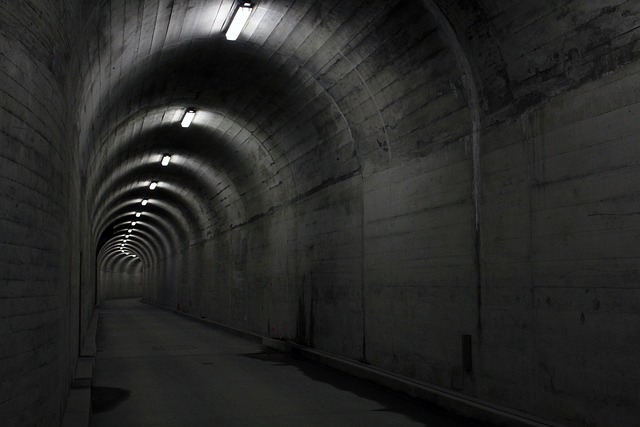Exploring the Impact: Fine Arts and Monumental Installations
In the ever-evolving landscape of fine arts, monumental installations stand as awe-inspiring testaments to human creativity and ambition. These colossal works, often at the crossroads of art and architecture, challenge not only the physical boundaries of artistic expression but also broaden our cultural horizons. With their sheer scale and often interactive nature, monumental installations invite viewers into an immersive experience that’s difficult to capture through traditional art forms.
An Artistic Revolution
Monumental installations redefine the ways we perceive art. Unlike classic paintings or sculptures confined within the walls of galleries, these installations are transformative experiences engaging all the senses. They often utilize vast spaces, encouraging viewers to walk through, touch, and even become part of the art itself. Artists such as Christo and Jeanne-Claude, known for wrapping iconic architectures like the Pont Neuf in Paris, pioneered a new form of art that beckons a global audience to question and admire the coexistence of art and environment.
Cultural Reflection and Interaction
The power of monumental installations lies in their ability to both reflect and shape cultural dialogues. Each new creation becomes a fundamental part of the cultural fabric of its location, providing a platform for discussions regarding history, identity, and society’s current state. Ai Weiwei’s ‘Sunflower Seeds’ in London’s Tate Modern turbine hall is an eloquent commentary on mass consumption and individualism in modern China, illustrating how art can be both a mirror and a catalyst for change.
Art That Transcends Boundaries
These installations are not restricted by geographic or thematic boundaries. They blend fine arts with elements of performance, sound, and even digital technology, offering groundbreaking narratives that ignite curiosity and inspire new critiques. Monumental installations are not merely spectacles; they are dialogues that cross cultural thresholds, creating both global sensations and intimate connections with individual spectators. Through these grand artistic endeavors, the language of installation art becomes borderless.
The Universal Language of Monumentality
In the realm of art, size serves more than the aesthetics; it is a form of language that conveys magnitude and depth. With their imposing presence, monumental installations speak on scales both visible and intangible. They invite introspection and provoke responses that linger long after the viewing experience, affecting fine arts culture on a global scale. As visitors walk away from these installations, they carry with them a piece of the narrative—one that stretches beyond the boundaries of space and time.
The monumental installation, therefore, is a pivotal catalyst in the dialogue of fine arts and culture, shaping perceptions and creating legacies that inspire future generations.




